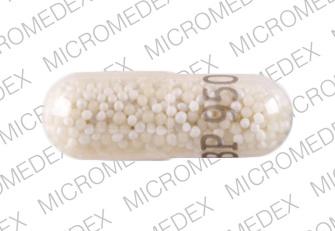Chlorpheniramine/pseudoephedrine Interactions
There are 516 drugs known to interact with chlorpheniramine/pseudoephedrine, along with 10 disease interactions, and 1 alcohol/food interaction. Of the total drug interactions, 32 are major, 476 are moderate, and 8 are minor.
- View all 516 medications that may interact with chlorpheniramine/pseudoephedrine
- View chlorpheniramine/pseudoephedrine alcohol/food interactions (1)
- View chlorpheniramine/pseudoephedrine disease interactions (10)
Most frequently checked interactions
View interaction reports for chlorpheniramine / pseudoephedrine and the medicines listed below.
- Acetaminophen PM Extra Strength (acetaminophen / diphenhydramine)
- Achromycin V (tetracycline)
- Acidophilus (lactobacillus acidophilus)
- Acidophilus Probiotic Blend (lactobacillus acidophilus)
- Actifed (pseudoephedrine / triprolidine)
- Adderall (amphetamine / dextroamphetamine)
- Advair Diskus (fluticasone / salmeterol)
- Aspirin Low Strength (aspirin)
- Augmentin (amoxicillin / clavulanate)
- Benadryl (diphenhydramine)
- Benadryl Allergy (diphenhydramine)
- Cortisporin Otic (hydrocortisone / neomycin / polymyxin b otic)
- Demerol (meperidine)
- Fish Oil (omega-3 polyunsaturated fatty acids)
- Flexeril (cyclobenzaprine)
- Keflex (cephalexin)
- Lasix (furosemide)
- Lexapro (escitalopram)
- Lomotil (atropine / diphenoxylate)
- Lovenox (enoxaparin)
- Mucinex (guaifenesin)
- Ozempic (semaglutide)
- Phenergan (promethazine)
- Prilosec OTC (omeprazole)
- Robaxin (methocarbamol)
- Tylenol Extra Strength (acetaminophen)
- Vitamin C (ascorbic acid)
- Vitamin D3 (cholecalciferol)
- Zovirax (acyclovir)
- Zyrtec (cetirizine)
Chlorpheniramine/pseudoephedrine alcohol/food interactions
There is 1 alcohol/food interaction with chlorpheniramine / pseudoephedrine.
Chlorpheniramine/pseudoephedrine disease interactions
There are 10 disease interactions with chlorpheniramine / pseudoephedrine which include:
- cardiovascular disease
- anticholinergic effects
- asthma/COPD
- cardiovascular
- renal/liver disease
- GI narrowing
- PKU
- BPH
- diabetes
- glaucoma
More about chlorpheniramine / pseudoephedrine
- chlorpheniramine/pseudoephedrine consumer information
- Compare alternatives
- Reviews (13)
- Drug images
- Side effects
- Dosage information
- Drug class: upper respiratory combinations
Related treatment guides
Drug Interaction Classification
| Highly clinically significant. Avoid combinations; the risk of the interaction outweighs the benefit. | |
| Moderately clinically significant. Usually avoid combinations; use it only under special circumstances. | |
| Minimally clinically significant. Minimize risk; assess risk and consider an alternative drug, take steps to circumvent the interaction risk and/or institute a monitoring plan. | |
| No interaction information available. |
See also:
Further information
Always consult your healthcare provider to ensure the information displayed on this page applies to your personal circumstances.


